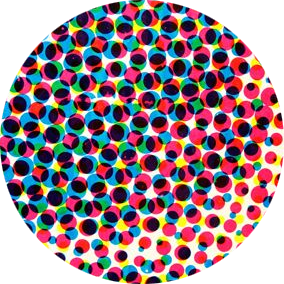Christopher Priest’s Deathstroke

Where DC’s strategy of endless reboots offer the potential to effectively power-wash away any continuity that might be problematic, Christopher Priest’s Deathstroke relaunch, instead, uses the dark continuity of the character to broach more complex questions. #deathstroke 1/6

In his 2016 Deathstroke series, Priest actively engages with Slade Wilson’s deeply checkered past. The result was critical acclaim and a bold re-establishment of one of DC’s most notorious villains. For one scholar, though, there was a deeper existential thread: 2/6

As described by Joshua Goldschmidt, “In Christopher Priest’s series Deathstroke, the titular character is haunted by his actions as a supervillain, whether that means infidelity, brainwashing, rape, child neglect, or murder.” 3/6

“Priest refuses to shy away from Deathstroke’s sins even as the villain attempts to save the world and become a better person. Priest, himself a Baptist minister, uses the idea of an eternally damned villain to ask, “who does not deserve a seat at the table?”” 4/6

“He dares readers to say that Deathstroke cannot be reconciled with the current iteration of DC Comics, knowing almost every legacy character has a similarly murky past.” 5/6

In this sense, Priest’s Deathstroke can be read as a compelling use of the established Deathstroke continuity to ask important questions about rehabilitation in general and, more specifically, about the ways we consider enduring characters within modern contexts. 6/6
